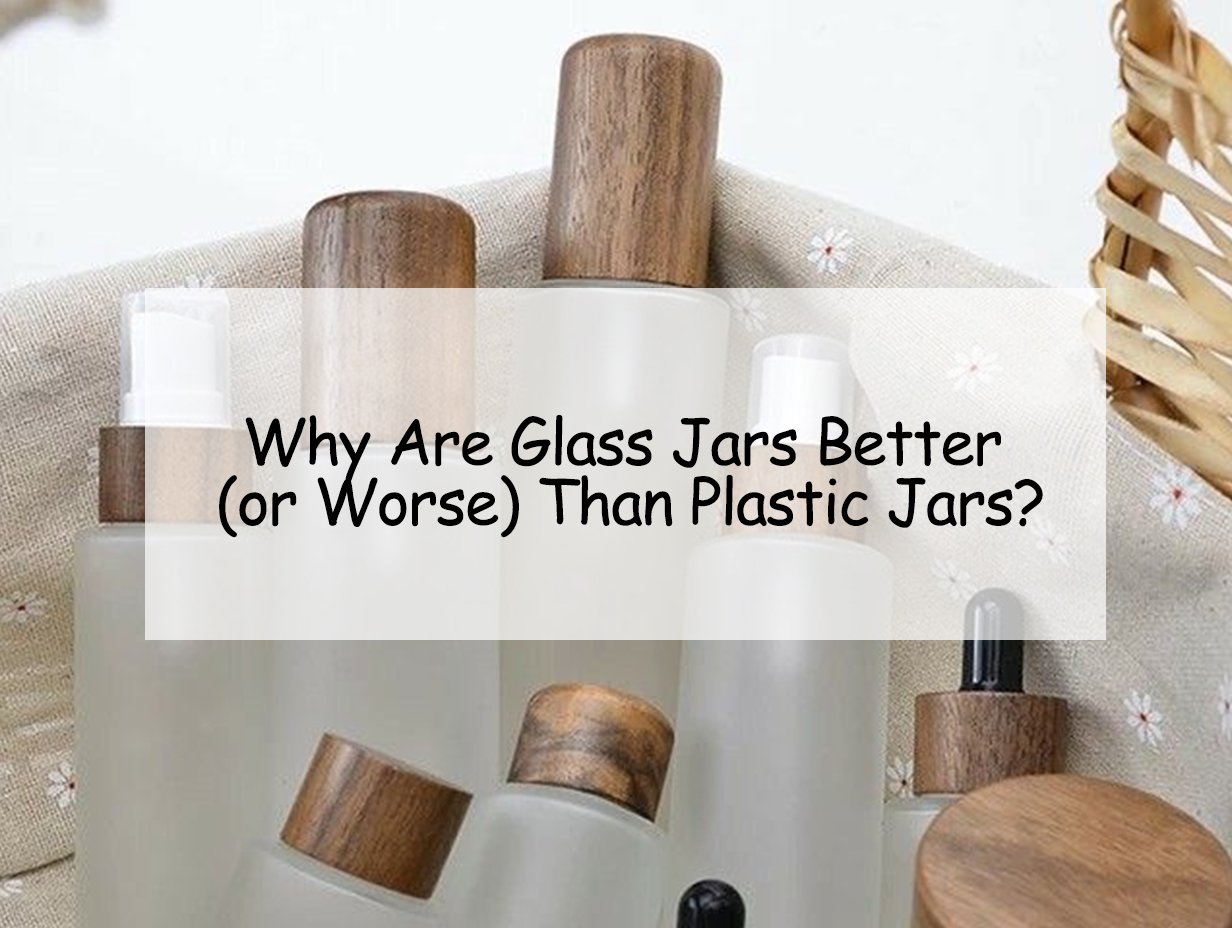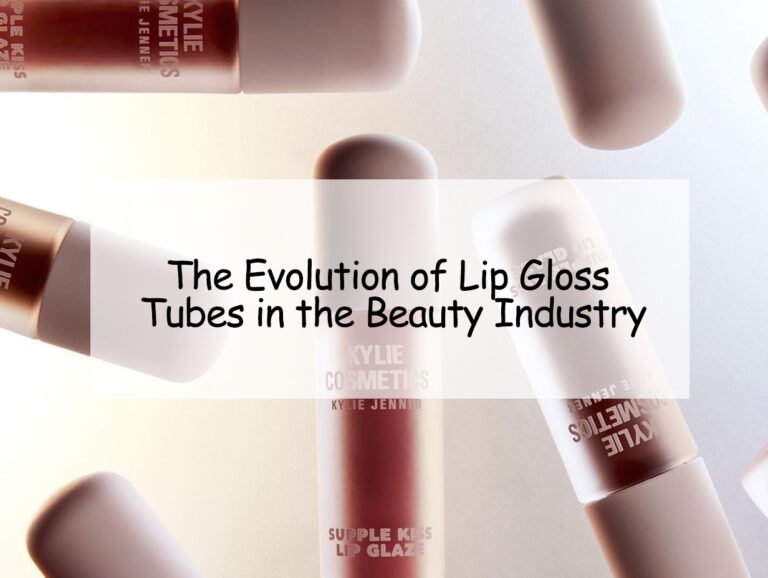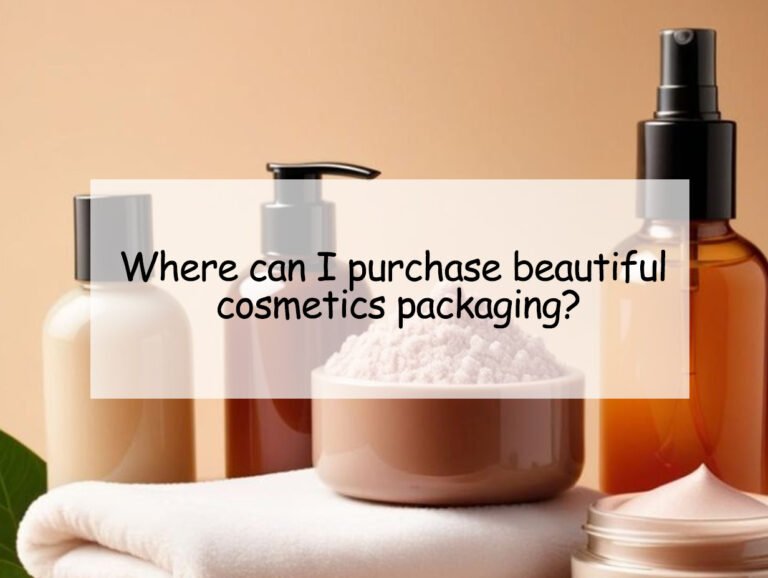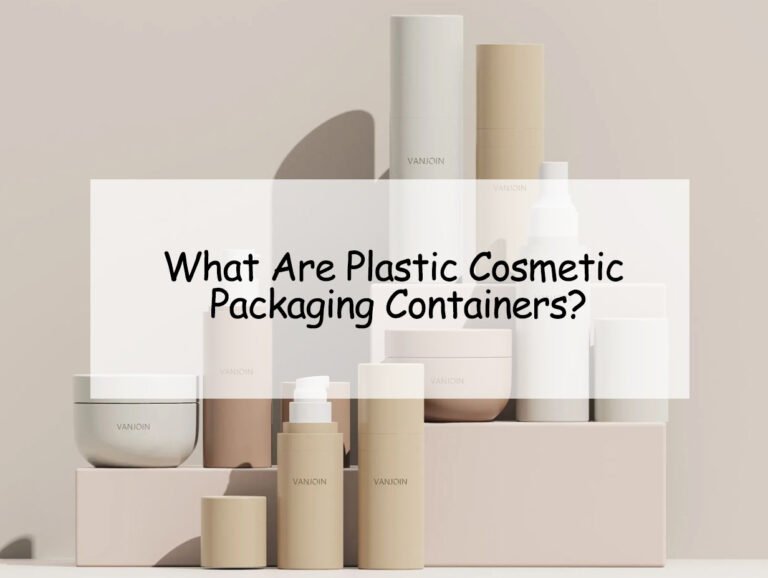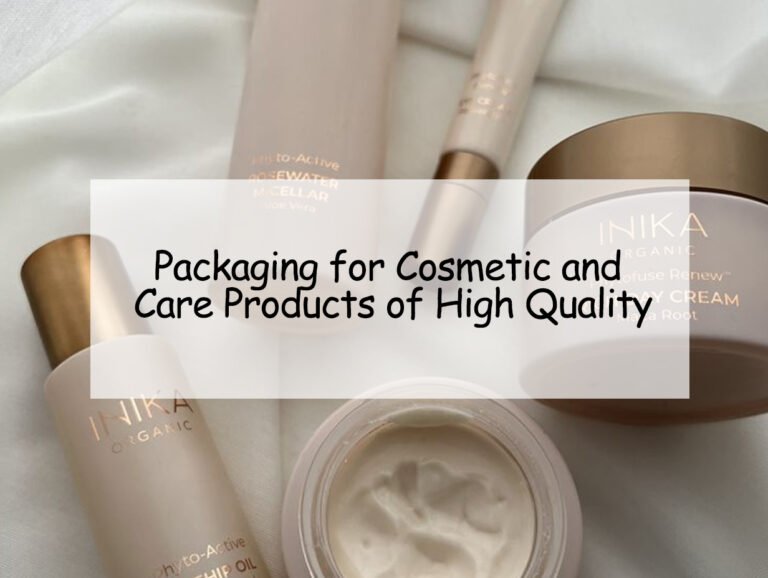The glass vs plastic debate continues to divide the packaging industry. Both materials have distinct advantages that make them suitable for different applications.
Glass jars outperform plastic in chemical stability, premium appearance, and environmental friendliness, while plastic jars win on durability, weight, and cost-efficiency. The better choice depends on your product type, brand positioning, and sustainability goals.
Understanding these key differences will help you make the right packaging decision for your cosmetic products.
Why Are Glass Jars Better Than Plastic?
Glass offers several unique benefits that plastic simply can't match, especially for premium cosmetic products.
Glass jars are better than plastic1 because they don't leach chemicals, provide superior product protection, offer a luxury feel, and are infinitely recyclable without quality loss. They're ideal for sensitive formulas and high-end brands.
The Advantages of Glass Over Plastic
- No BPA/phthalates
- Won't absorb odors
- Doesn't interact with formulas
- Preserves product integrity
| Feature | Glass Benefit |
|---|---|
| UV Protection | Blocks harmful rays |
| Oxygen Barrier | Prevents oxidation |
| Moisture Control | Non-porous surface |
| Temperature Stability | Handles hot fills |
- Conveys premium quality
- Provides weighty, substantial feel
- Offers crystal clarity
- Enables elegant decoration
- 100% recyclable indefinitely
- Made from natural materials
- Doesn't degrade during recycling
- Lower carbon footprint long-term
Why Is a Glass Jar Preferred?
Many cosmetic brands choose glass despite its higher cost because of the tangible benefits it delivers.
Glass jars are preferred because they maintain product purity (no chemical migration), enhance shelf appeal (premium perception), and align with sustainability values (recyclability). They're the gold standard for luxury skincare.
Why Top Brands Choose Glass
Product Integrity
- Preserves active ingredients
- Prevents contamination
- Extends shelf life
- Maintains formula potency
- 68% associate glass with quality
- 72% believe glass is safer
- 65% prefer glass for premium products
- 58% willing to pay more for glass
Market Differentiation
- Stands out on crowded shelves
- Communicates brand values
- Supports clean beauty claims
- Appeals to eco-conscious buyers
- Meets strict EU/US standards
- Accepted for organic certification
- Complies with food-grade requirements
- Suitable for sensitive skin claims
Why Is Glass a Better Alternative to Plastic?
As sustainability concerns grow, glass emerges as the environmentally superior choice despite some practical drawbacks.
Glass is a better alternative to plastic because it's chemically inert (won't leach toxins), endlessly recyclable (unlike plastic which degrades), and doesn't contribute to microplastic pollution. It's the safer choice for people and planet.
Environmental and Health Benefits
Recycling Advantages
- Can be recycled infinitely
- Doesn't downcycle in quality
- Recycling process is cleaner
- Higher actual recycling rates
- No endocrine disruptors
- Doesn't harbor bacteria
- No microplastic shedding
- Safe for all skin types
| Metric | Glass | Plastic |
|---|---|---|
| Decomposition | 1 million yrs | 450+ yrs |
| Recycled Content | Up to 90% | Avg 10% |
| Microplastic Risk | None | High |
| Fossil Fuel Use | Low | High |
Which Is More Harmful, Glass or Plastic?
The environmental impact debate requires looking at the complete lifecycle of both materials.
Plastic is more harmful than glass overall due to microplastic pollution, limited recyclability, and fossil fuel dependence. However, glass has higher transportation emissions due to weight, making local production important.
Comprehensive Environmental Impact
Production Impacts
- Glass: Energy-intensive but clean
- Plastic: Petroleum-based, toxic byproducts
Usage Phase
- Glass: No degradation
- Plastic: Sheds microplastics
End-of-Life
| Metric | Glass | Plastic |
|---|---|---|
| Recyclability | Infinite | 2-3 cycles |
| Landfill Impact | Inert | Leaches toxins |
| Ocean Impact | Sinks | Floating debris |
| Decomposition | None | Microplastics |
Carbon Footprint
- Glass: Higher production, lower use
- Plastic: Lower production, higher waste
Conclusion
Glass jars offer superior product protection and environmental benefits, while plastic provides practical advantages in weight and cost.
-
Explore the unique benefits of glass jars over plastic, especially for premium cosmetic products. ↩
-
Learn how glass jars ensure product safety by avoiding harmful chemicals and preserving integrity. ↩
-
Discover the superior protective features of glass jars that enhance product longevity and quality. ↩
-
Find out how glass jars convey premium quality and elevate brand image in the market. ↩
-
Understand the sustainability advantages of glass jars, including recyclability and lower carbon footprint. ↩
-
Explore consumer attitudes towards glass packaging and its impact on purchasing decisions. ↩
-
Learn about the compliance benefits of glass jars in meeting strict safety and certification standards. ↩
-
Discover the health benefits of glass containers, including safety from harmful chemicals. ↩
-
Examine the key sustainability metrics that highlight the advantages of glass over plastic. ↩
2.png)
